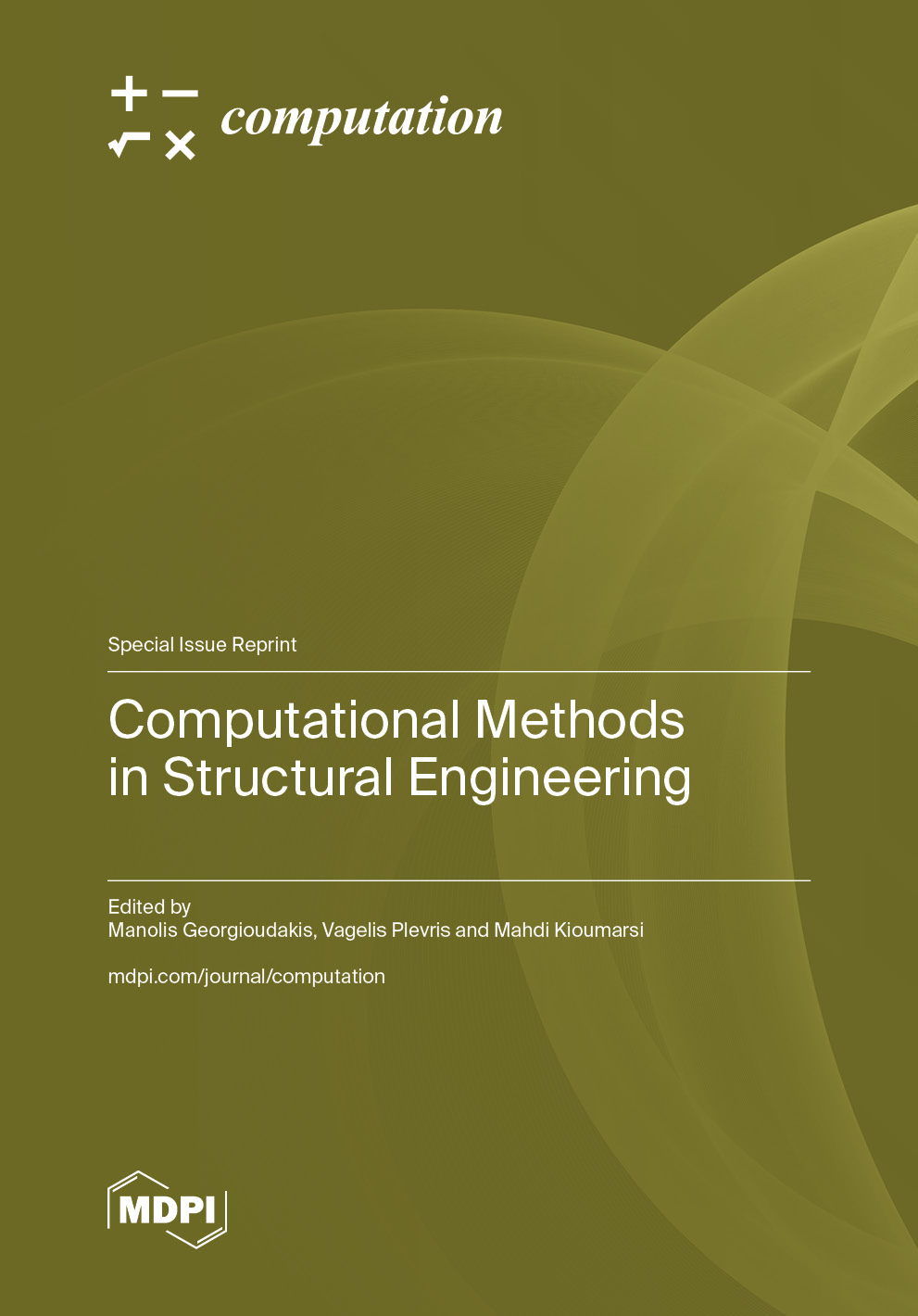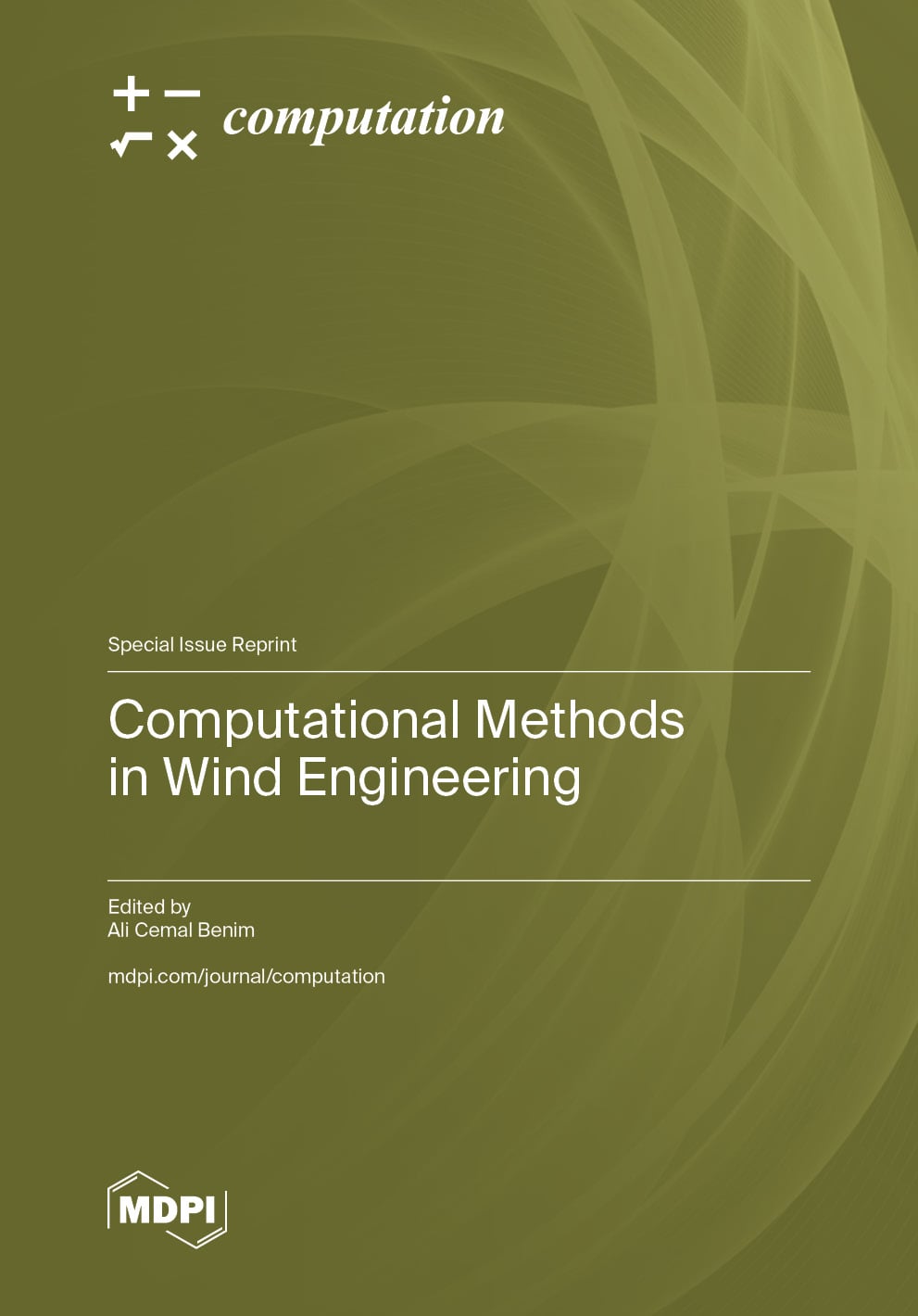- 1.9Impact Factor
- 4.1CiteScore
- 15 daysTime to First Decision
Computation
Computation is a peer-reviewed journal of computational science and engineering published monthly online by MDPI.
Quartile Ranking JCR - Q2 (Mathematics, Interdisciplinary Applications)
All Articles
News & Conferences
Issues
Open for Submission
Editor's Choice
Reprints of Collections

Reprint
Computational Methods in Structural Engineering
Editors: Manolis Georgioudakis, Vagelis Plevris, Mahdi Kioumarsi


